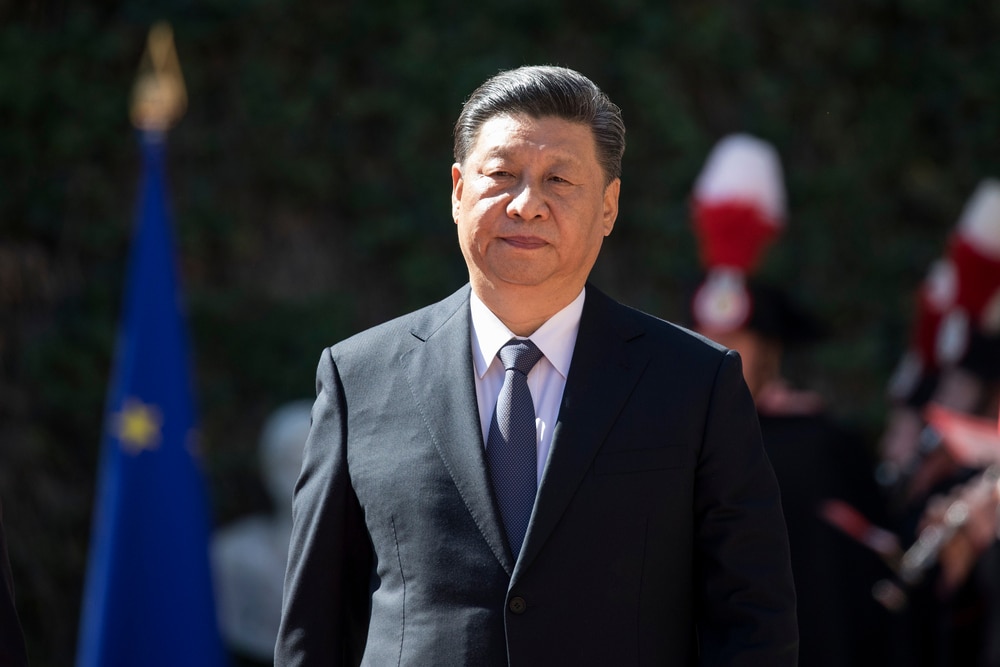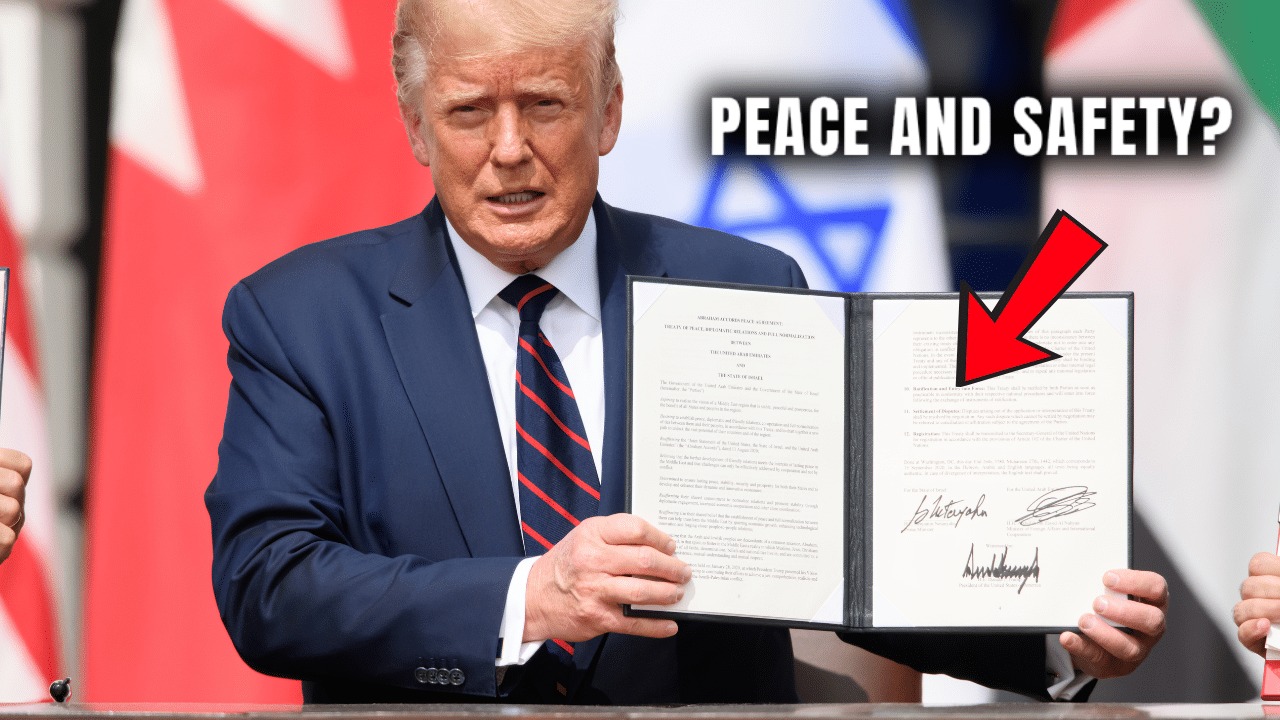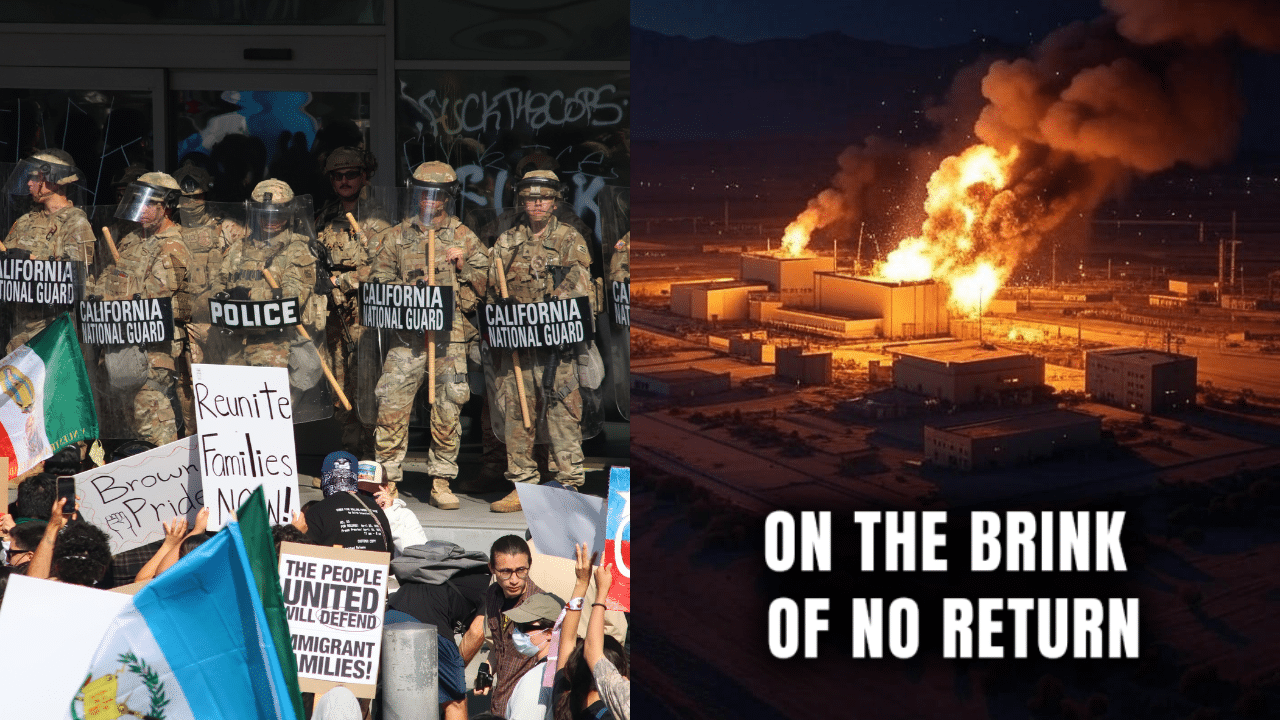Beijing has announced retaliatory tariffs of 84% on U.S. goods, effective April 10, 2025. This move comes as a direct response to the latest tariff hikes imposed by U.S. President Donald Trump, who recently pushed import taxes on Chinese goods to over 100%.
The tit-for-tat measures signal a deepening economic rift between the world’s two largest economies, with significant implications for global trade.
According to a statement from ChinaBast’s Office of the Tariff Commission of the State Council, reported by CNBC on April 9, 2025, the new tariffs mark a steep increase from the previous rate of 34%.
This decision follows Trump’s sweeping tariff policy rollout earlier this month, which included an additional 50% hike on Chinese imports, bringing the total U.S. tariff level to 104%.
CNBC notes that China’s response reflects its unwillingness to back down in the face of what it perceives as aggressive economic pressure from the Trump administration.
The Daily Mail, in an article published on April 9, 2025, described China’s tariff hike as a “huge new escalation,” emphasizing Beijing’s hard-line stance.
Unlike some nations, such as Japan, which have hinted at negotiating with the U.S. to mitigate tariff impacts, China has opted for swift and substantial retaliation.
The Mail highlighted that this move comes after the U.S. imposed earlier levies on China, Canada, and Mexico at the start of Trump’s second term, ostensibly to curb the flow of fentanyl into the United States—a policy that has further strained international relations.
The trade war’s latest chapter has its roots in Trump’s broader economic strategy. As reported by CNBC, the Trump administration warned other countries against retaliating to its April 2 tariff rollout, a caution that China has clearly disregarded.
The U.S. exported $143.5 billion worth of goods to China in 2024, while importing $438.9 billion, according to the Office of the U.S. Trade Representative.
With tariffs now exceeding 100% on Chinese goods entering the U.S., and China’s countermeasure of 84% on American imports, both nations are poised to feel significant economic fallout.
Sentiment on social media platforms like X reflects a mix of alarm and cynicism. Posts captured early on April 9, 2025, show users reacting to the news with a blend of humor and frustration.
One user, cited by CNBC’s coverage, quipped, “Yall came, yall voted..now sit back and enjoy the shit show,” while another celebrated China’s move as a blow to Trump’s policies, stating, “LOL take that Trump!”
A third voiced broader concern, urging other countries to “fight back against American bullying” in what they dubbed a “Tariff War.”
Analysts warn that the escalating tariffs could disrupt supply chains, raise consumer prices, and slow economic growth on both sides of the Pacific.
China’s decision to nearly triple its tariffs on U.S. goods underscores its readiness to match Trump’s aggressive trade tactics, a stance that contrasts with the more conciliatory approaches of other U.S. trading partners.
As the April 10 implementation date looms, businesses and policymakers are bracing for the next moves in this high-stakes economic showdown.










